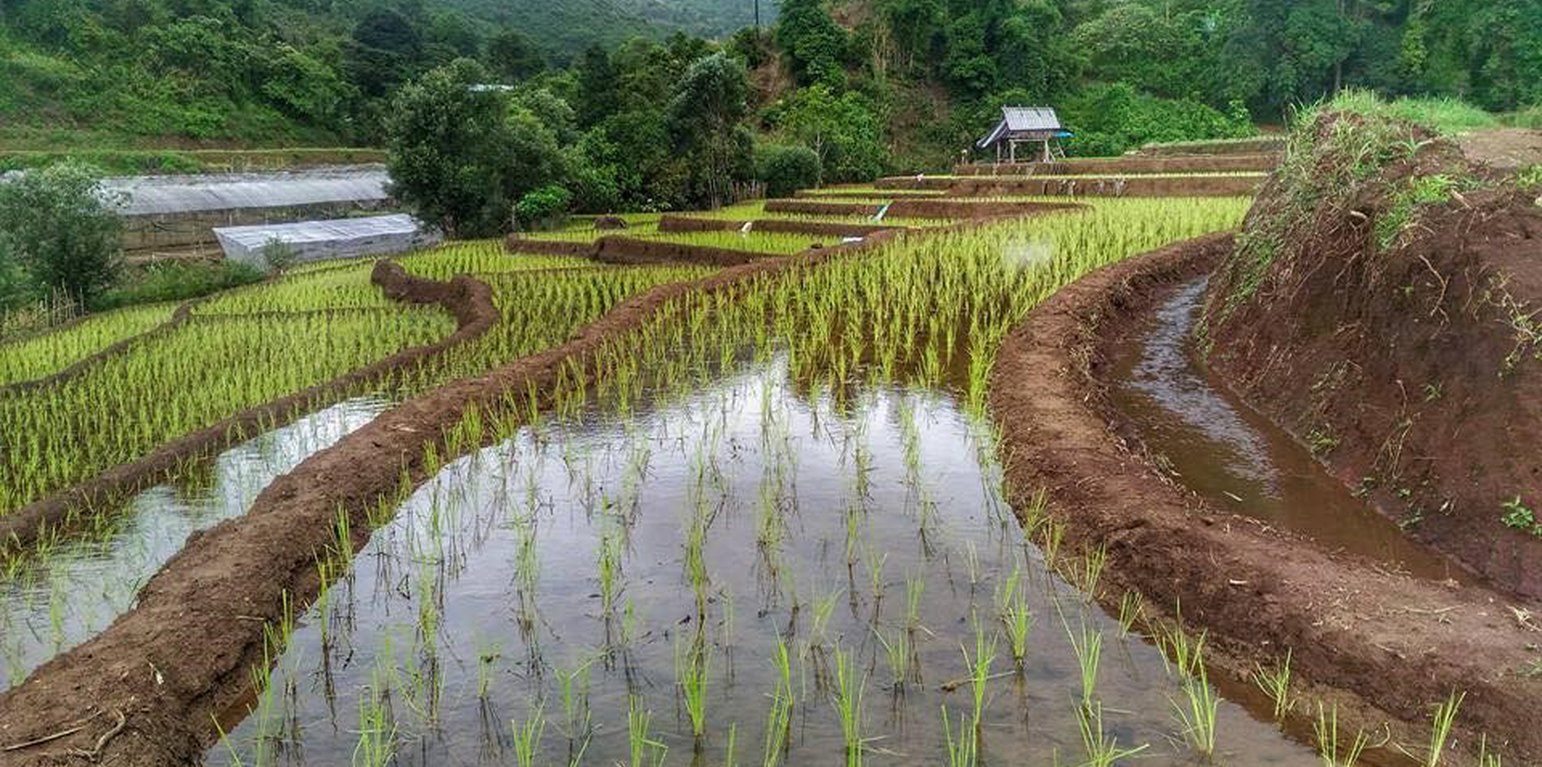



Water supply system in the high landscape rice terrace at the Mae La Noi Royal Project Development Center located at Moo 5, Ban Dong Village, Huai Hom Sub-District, Mae La Noi District and Mae Hong Sorn Province. Topography is slop complex in mountainous terrain with high slope. The height of the sea level is 994 - 1,100 meters. The main river is Mae La Noi. The climate is cool all year round. The annual average temperature is 25 degrees Celsius, maximum temperature is 37 degrees Celsius in April, and minimum temperature is 8 degrees Celsius during December. The annual average rainfall is 1,500 mm. which starts from June to October. The majority of the population is 147 households and total population is 763 people, where separated as 389 males and 374 females (Mae La Noi Royal Project Development Center, 2561).
Water distribution system in high landscape rice terrace by farmers in the village, and the important matter of technology is that it is suitable for highland sloping agriculture, with slopes range from 5-60 degree. It is based on the principles of water management in the area by diversion of water from natural watersheds in the upstream to their agricultural land with regulation of village community consensus. The steps of preparation are as follows.
1. Site selection: rice terrace should be in suitable slope and not more than 60 degree because it is difficult to excavate the slope and area of rice fields are narrow. And water supply system should be accessed to the rice terrace.
2. Reshaving and leveling the slope: The slope for rice terrace should be reshave and level by man power or mechanical means. Almost villagers will do by theself, also restore and maintain their terrace. The terraces can extend up to 50 meters long, with 1 meter wide and 50 centimeters deep, depending on the area where it can be adjusted. The leveling of soil surface in the plot is done by draining water into that plots and adjust soil surface till level is constant.
3. Soil improvement: Generally, soil structure and fertility in plots is very low because of reshaving and leveling. So it is necessary to restore and improve by application of organic matter, compost, animal manure or legumes, soil pH must be adjusted, and more nutrients such as phosphorus and potassium should be added based on soil analysis.
4. Rice cultivation: In the first years of cultivation, the terraces may not store water in the desire level, so they planted rice in the small hole. Normally, they planted stalk with 20 x 20 cm in length, and about 3 to 5 seedlings per planted.
5. Fertilizer application: In this high landscape area should focus on organic fertilizer to reduce costs, where it can locally find and produce by themselves, such as animal manure and compost
6. Water supply system: Distribution of water to the rice terrace was managed by small dam or weir to lean suitable amount of water to small canal and directly distribute to rice terrace. These drainage system will spread water to all land users in this area, where they has sufficient water for farming throughout the year.
7. Disease and insect control: Most of rice variety is native rice with high resistance, where some currently outbreaks of disease and insect must be protected according to instructions. Submerged condition in paddy field can control weed problem, and labor also need. After planting, weeds must be removed at least 2 times at 20-25 days and 40-45 days after germination.
8. Maintenance: Small dam or weir, small drainage canal and terrace in water supply technology in the highland necessary to restore and maintain twice a year, before and after harvesting.
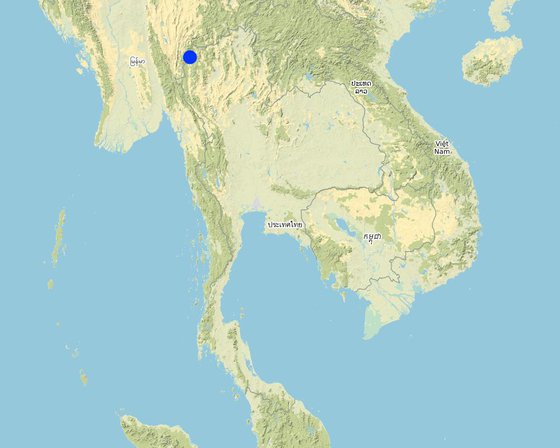
สถานที่: ศูนย์พัฒนาโครงการหลวงแม่ลาน้อย, แม่ฮ่องสอน, ไทย
ตำนวนการวิเคราะห์เทคโนโลยี: 100-1,000 แห่ง
การเผยแพร่ของเทคโนโลยี: ใช้ ณ จุดที่เฉพาะเจาะจงหรือเน้นไปยังบริเวณพื้นที่ขนาดเล็ก
วันที่ในการดำเนินการ: มากกว่า 50 ปี (แบบดั้งเดิม)
ประเภทของการแนะนำ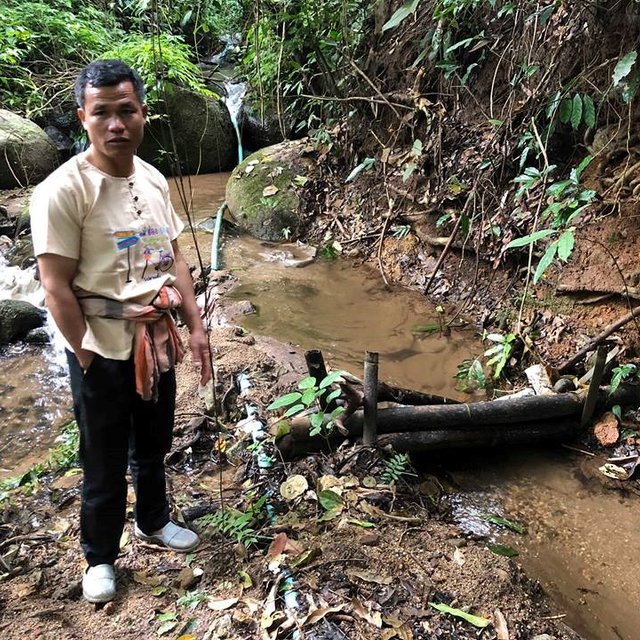
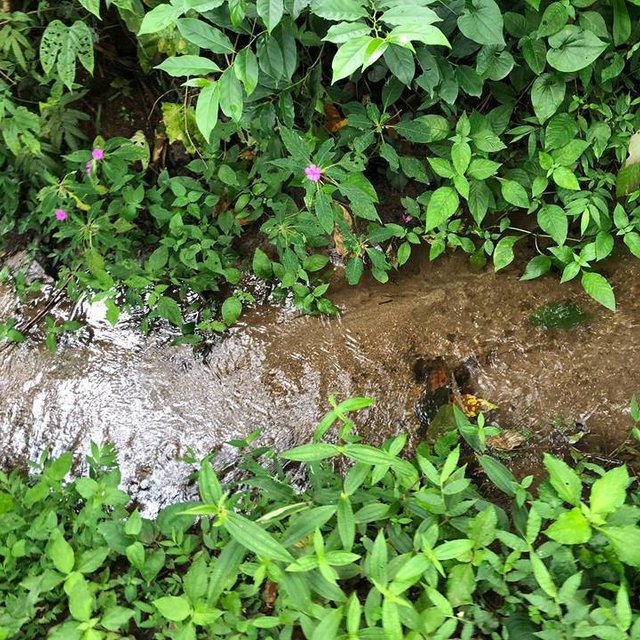

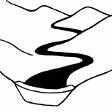



| ปัจจัยนำเข้า | หน่วย | ปริมาณ | ค่าใช้จ่ายต่อหน่วย (Baht (THB)) | ค่าใช้จ่ายทั้งหมดต่อปัจจัยนำเข้า (Baht (THB)) | %ของค่าใช้จ่ายที่ก่อให้เกิดขึ้นโดยผู้ใช้ที่ดิน |
| แรงงาน | |||||
| ทำฝาย 10 วัน | man/day | 70.0 | 300.0 | 21000.0 | 100.0 |
| ช่วงปลูก1วัน | man | 7.0 | 300.0 | 2100.0 | 100.0 |
| ช่วงดูแล20ครั้ง | man | 40.0 | 300.0 | 12000.0 | 100.0 |
| ช่วงเก็บเกี่ยว20ครั้ง | man | 140.0 | 300.0 | 42000.0 | 100.0 |
| อุปกรณ์ | |||||
| tractor | คัน | 1.0 | 3000.0 | 3000.0 | 100.0 |
| น้ำมันเครื่อง | ลิตร | 20.0 | 30.0 | 600.0 | 100.0 |
| วัสดุด้านพืช | |||||
| เมล็ดพันธุ์ข้าว | ถัง | 3.0 | 100.0 | 300.0 | 100.0 |
| เมล็ดพันธุ์พริก | ต้น | 5000.0 | 2.0 | 10000.0 | 100.0 |
| ปุ๋ยและสารฆ่า/ยับยั้งการเจริญเติบโตของสิ่งมีชีวิต (ไบโอไซด์) | |||||
| ปุ๋ยสูตร 21-0-0 | ถุง | 3.0 | 400.0 | 1200.0 | 100.0 |
| ปุ๋ยสูตร 15-15-15 | ถุง | 3.0 | 700.0 | 2100.0 | 100.0 |
| ปุ๋ยสูตร 16-20-0 | ถุง | 3.0 | 600.0 | 1800.0 | 100.0 |
| ปุ๋ยคอก | ถุง | 10.0 | 200.0 | 2000.0 | 100.0 |
| ค่าใช้จ่ายทั้งหมดของการจัดตั้งเทคโนโลยี | 98'100.0 | ||||
| ปัจจัยนำเข้า | หน่วย | ปริมาณ | ค่าใช้จ่ายต่อหน่วย (Baht (THB)) | ค่าใช้จ่ายทั้งหมดต่อปัจจัยนำเข้า (Baht (THB)) | %ของค่าใช้จ่ายที่ก่อให้เกิดขึ้นโดยผู้ใช้ที่ดิน |
| แรงงาน | |||||
| ซ่อมฝาย 2 วัน | man | 6.0 | 300.0 | 1800.0 | 100.0 |
| ค่าใช้จ่ายทั้งหมดของการบำรุงรักษาสภาพเทคโนโลยี | 1'800.0 | ||||
การทำระบบส่งน้ำแบบฝายคันดินในนาขั้นบันไดบนพื้นที่สูงของชาวบ้านดง มีวัตถุประสงค์เพื่อลดความยาวและระดับของความลาดเท ช่วยลดการไหลบ่าของน้ำและควบคุมการชะล้างพังทลายของดิน และสามารถเก็บกักน้ำไว้ใช้ในการเกษตร และการสะสมของตะกอนดินจากต้นน้ำจะช่วยเพิ่มความอุดมสมบูรณ์ให้กับดิน